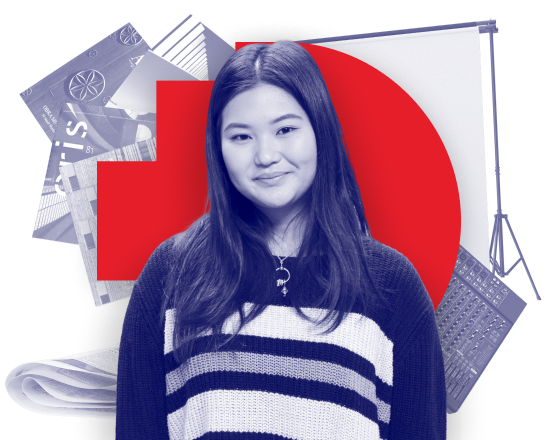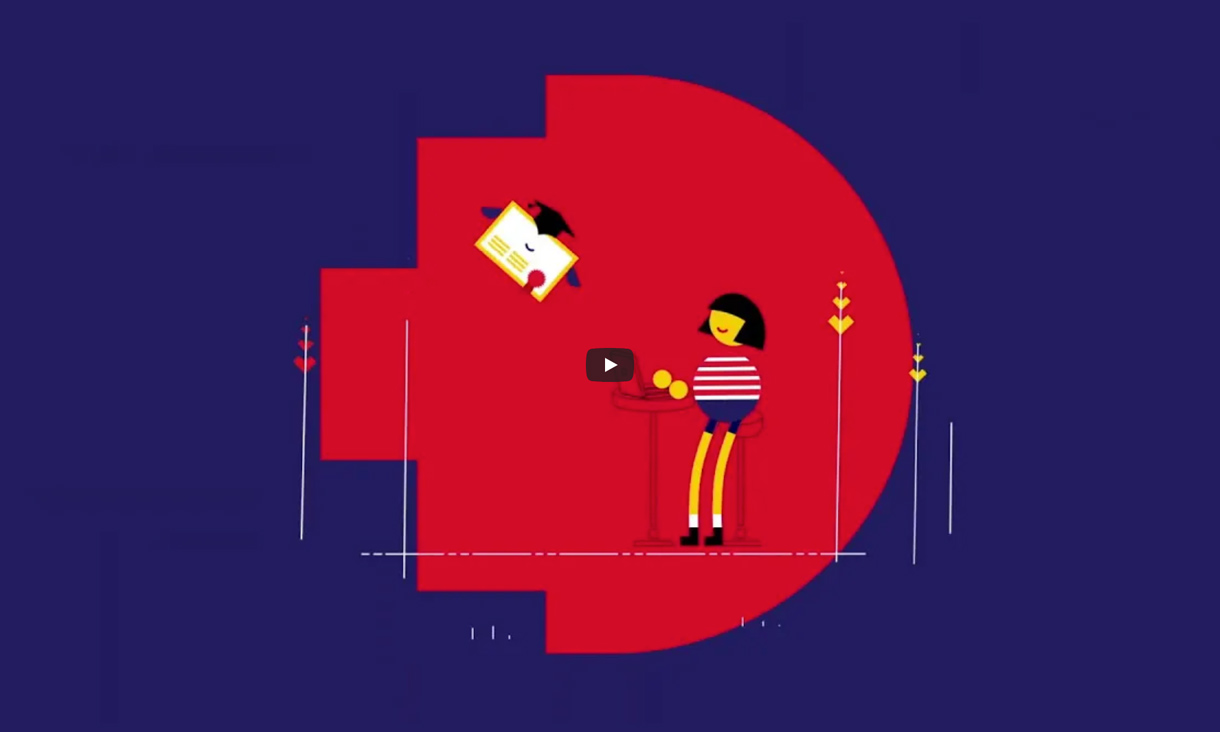You will be admitted into the entry level in the training package i.e. the Diploma of Screen and Media (Animation, Gaming and Visual Effects) and upon its successful completion, you'll apply to commence this qualification.
The Advanced Diploma of Screen and Media (Content Creation and Design) is focused on the design, production and management of:
- animation
- games
- broadcast graphics
- app development
- AR and VR.
Student projects incorporate advanced visualisation, animation, game development and interactive design. You will be taught to work independently and be prepared for entry into the interactive and media design industries, or to continue further studies.
You'll focus on the following key areas:
- concept development
- independent production
- advanced animation and visualisation
- games, app, web and interactive development
- compositing and visual effects production
- sound design.


